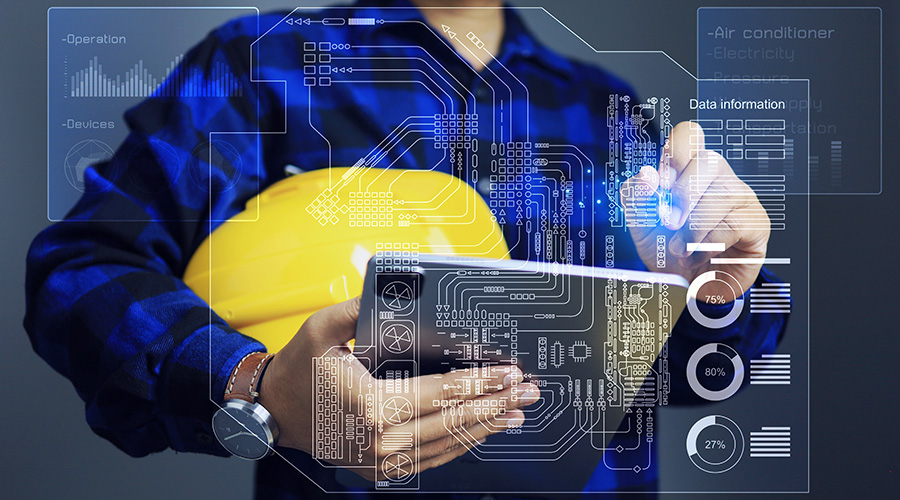Column: Evolving Strategies and Metrics for Data Center Cooling
One of the most expensive areas in an institutional or commercial facility is the data center. They support core business functions, whether that's running systems, storing and using business information, or communicating with one another and the outside world.
They are all connected to the data center. In facility terms, data centers represent high dollar value, high cost, and business risk that organizations must manage. Interruption of their essential functions has the power to disrupt business continuity.
There are several definitions used for data centers, but they all share these characteristics: they contain data storage equipment — computers, servers, etc. — exist to store and process data, and typically have dedicated space conditioning and redundant or alternate power systems.
It is no surprise that we are packing more into these spaces every day. For maintenance and engineering managers, the challenge is balancing the organization's information technology (IT) needs and increased energy use with the need to reduce operational costs and maintain systems reliability. Can managers wring out more from existing systems? Typically, yes. The key to achieving that goal involves the arrangement of the data center and the operations and maintenance of the space.
For existing data centers, the emphasis should not be solely on HVAC equipment efficiency. Managers also need to consider the effectiveness of delivering cool air and removing heat. In terms of operations, this focus makes a great deal of sense. The goal is to make sure the IT equipment has cooling where and when it needs it.
Related Topics:













